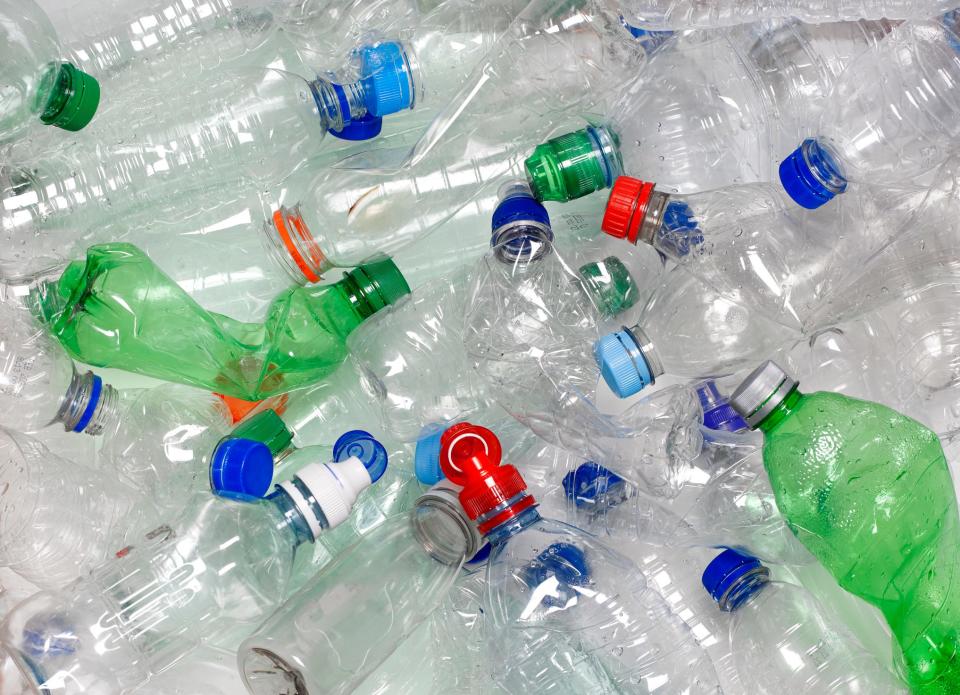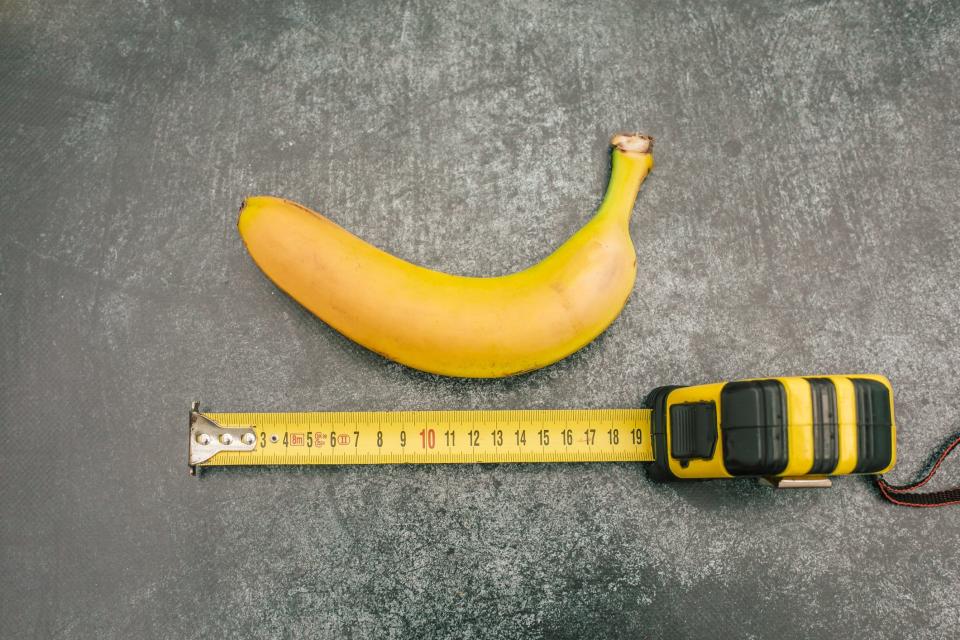Microplastics found in penis muscle for the first time. It could be linked to erectile dysfunction.
A small study of men with erectile dysfunction found microplastics hiding in most of their penises.
An older man with a traditional lifestyle was the only one who didn't have microplastic in his penis.
Scientists don't totally understand how microplastics affect reproductive health, but they're worried.
When scientists first started murmuring about a striking connection between more microplastics and more heart attacks, Dr. Ranjith Ramasamy's mind immediately traveled further south, to another blood-pumping organ, one that he knows very well.
"Penis being such a vascular organ, similar to the heart, we said, 'Hey, could this also be present in the penis?'"
Ramasamy, a reproductive urology specialist who has conducted penile implant surgeries in Miami for many years, wondered how the microplastics that we inadvertently inhale from everyday items including food, water bottles, and household dust, might impact fertility and verility in men.
What he's found, while still preliminary, is that microplastics are present in some penises experiencing erectile dysfunction (ED).
Microplastics were found in 80% of penises with ED in this small study

Ramasamy's first-of-its-kind study, just released in the International Journal of Impotence Research, was a small, pilot sample of six men, all with ED, each one undergoing surgery to insert a penile implant.
While the study is still preliminary, it's part of a growing body of research that finds microplastics are present everywhere in the human body that researchers have looked so far.
It's also one of the first studies to study a connection between impotence and more plastic use. Other studies have already suggested there may be some link between our plastic modern existence and lower-quality sperm. Ramasamy wanted to know whether microplastics might physically impact penis muscle function.
At the start of each surgery, Ramasamy carefully extracted some tissue from deep inside the shaft of the penis — an area that's responsible for making and sustaining erections. He and his team worked to ensure there was no plastic contamination in the surgery rooms by using non-plastic surgical instruments and collecting the tissue in glass containers. They then whisked the tissue off to two separate labs for analysis.
Scientists found microplastics present in five of the six penises they sampled. The most abundant plastic in the penises was polyethylene terephthalate, or PET, a common plastic used in food packaging including plastic bottles and takeout containers. They also found polypropylene, which is used to make plastic bottle caps.
We are gobbling up more plastics than ever, and learning more about the effects

We don't know how much plastic might be hiding out in the penises of men without ED and can't take much away from such a small initial study.
Still, this research goes hand in hand with what other microplastics experts are discovering.
We are consuming more plastic than ever before. In several recent microplastic studies, younger men have had more microplastic in them than older men.
The one man in this study who didn't have any detectable microplastics in his penis "leads a very traditional, Cuban guy elderly lifestyle," Ramasamy said. "He said he doesn't use a lot of plastics."
He's not getting a lot of the takeout that often comes in plastic-lined containers, and he's not drinking from plastic-lined coffee cups or plastic water bottles very often. In other words, without trying, he's doing most of the things that microplastic researchers recommend to people hoping to reduce their risk of any potential microplastic-related health issues: avoiding drinking and eating from plastic, and never microwaving plastic containers.
This finding has given Ramasamy pause. He has become much more wary of drinking from plastic water bottles since completing this study, and he tries to always put his food on a real plate now before he re-heats it, instead of microwaving plastic tubs. He knows it's still unclear what contribution microplastics might be making to infertility and low sperm quality, but he's got a hunch there's probably some contribution, on some level.
"As convenient as society has become, I think we're facing some of these harms," he said. "I don't think our parents were exposed to as much: They were not drinking water out of plastic bottles — they were certainly not doing as much takeout."
Could microplastics be interfering with important penis muscles?

Microplastics have traveled to almost every corner of the body that scientists have looked at so far, including lungs, livers, blood vessels, penises, and brains, as well as fluids including semen, blood, and placentas. Just last month, researchers at the University of New Mexico found microplastics in testicles, cementing the idea that microplastics can penetrate the body's protective blood-testes barrier. What these tiny bits of plastic are doing to our bodies remains an open question.
Richard Pilsner, a men's reproductive health expert at Wayne State University who studies the chemicals in plastics, says "we have a lot to learn in terms of where it's accumulating and what processes it may be affecting." Recent work he's done suggested that men with higher levels of plasticizers and plastic chemicals in their bodies see their sperm age faster, in a similar way to cigarette smokers.
"It kind of is all pointing in the same direction — that these environmental factors are influencing sperm fitness," he said.
While the impact of microplastics on erections is unclear, that's nothing new in this field. Erections are still a very poorly understood, multifactorial phenomenon, involving nerves, hormones, muscles, and interest.
Ramasamy is confident that this is seriously worth investigating, especially given the recent link between more microplastics in blood vessels pumping oxygen to the brain, and more heart attacks and strokes. Couldn't it also be the case that microplastics are connected to erection issues, in a similar, physical way?
"You could have good blood supply, but if you don't have the actual muscle to do the heavy lifting, how are you going to make it work?" he said.
Read the original article on Business Insider


